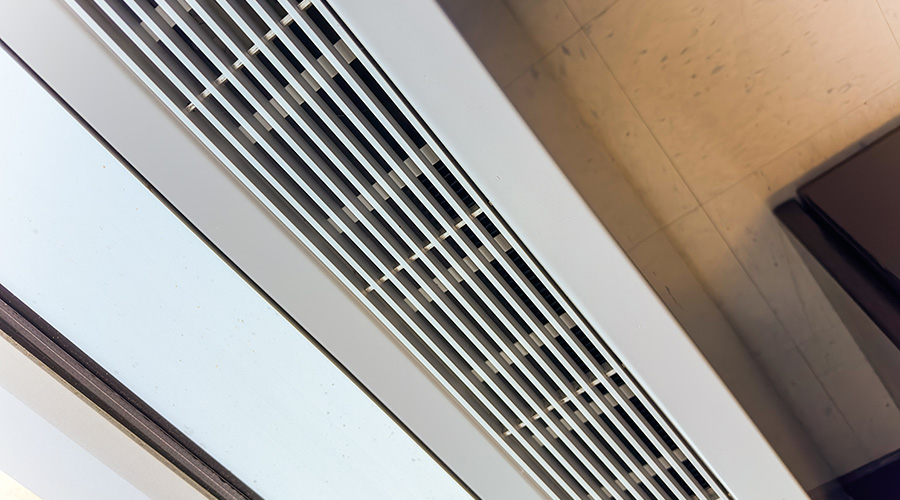LEED Systems Target IAQ, Schools
The U.S. Green Building Council’s Leadership in Energy and Environmental Design (LEED) rating system is designed to verify a building’s green attributes. LEED quickly has become an international standard. Several LEED rating systems exist, including LEED-NC for new construction, LEED-EB for existing buildings, LEED-CI for commercial interiors, and LEED-CS for the core and shell.
Each rating system contains five sections, and each section contains credits with assigned values of 1-10 points. A project’s final rating depends on points achieved across all five categories.
One section, Indoor Environmental Quality, deals primarily with IAQ and addresses indoor-pollutant control by looking at several IAQ concerns, including ventilation-system effectiveness, low-emitting materials, protection of ductwork during construction, and proper separation and ventilation of chemical-storage areas.
LEED-Schools, the rating system recently released for K-12 facilities, gives special attention to IAQ by including credits for mold prevention and other VOC-reduction opportunities. The Indoor Environmental Quality prerequisites include:
• minimum IAQ performance, which requires HVAC systems meet the ventilation requirements of ASHRAE 62.1-2004
• environmental tobacco smoke control, which limits the proximity of smoking areas in relation to building entrances, air intakes, and operable windows.
Addressing IAQ concerns can be as simple or as detailed as desired, but having a plan for a building’s IAQ will help managers stay on track to achieving goals. For some, replacing or repairing HVAC systems might be part of an IAQ control plan. For others, simply choosing products that contain fewer harmful substances and installing more effective air filters can help at little or no increased cost.
Tabitha Goodman, LEED AP, is a LEED Project Assistant for SSRCx, — www.ssrcx.com — the commissioning subsidiary of Smith Seckman Reid engineering design and facility consulting firm.
Related Topics:














